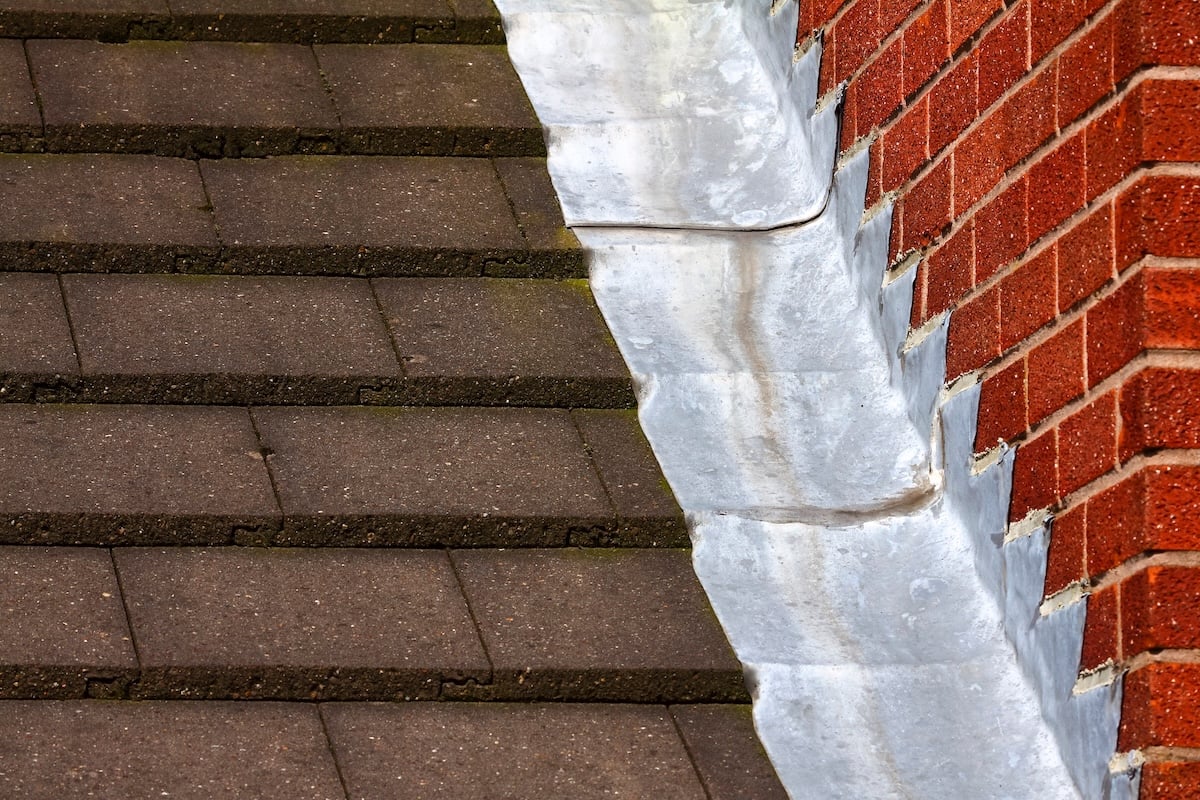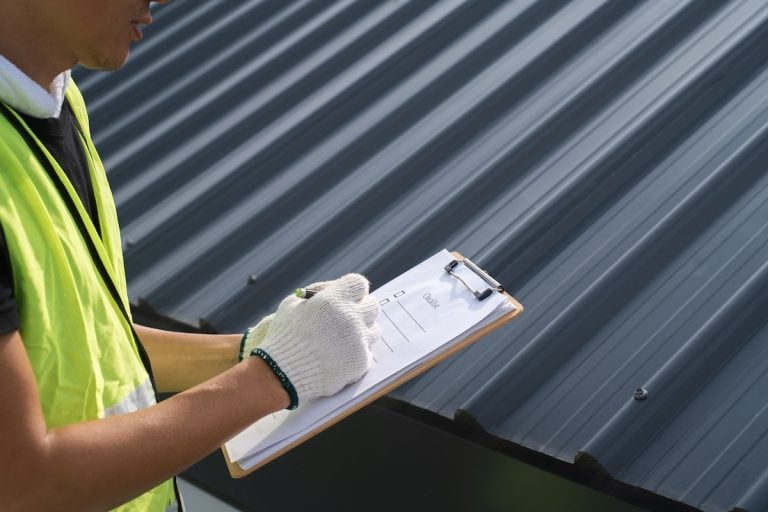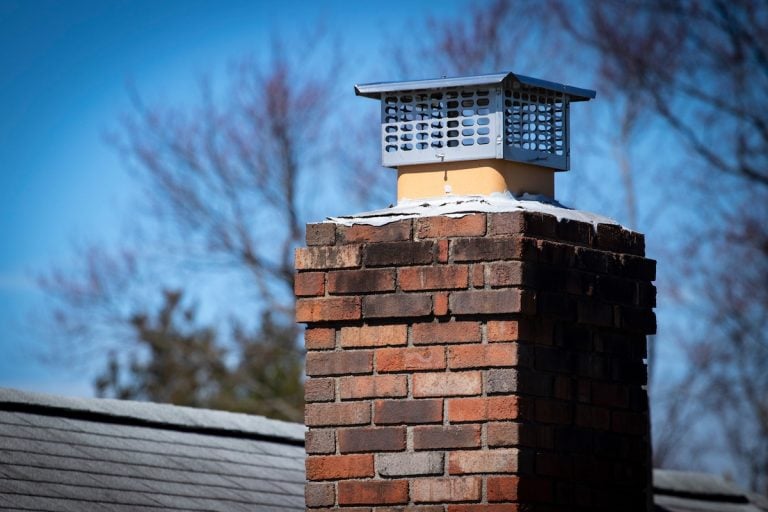When it comes to preventing roof leaks and water damage, step flashing roofing plays a crucial role—especially in areas where the roof meets walls, dormers, or chimneys. While shingles get the spotlight, it’s often the flashing underneath that quietly does the heavy lifting in protecting your home from water infiltration.
In this blog, we’ll explore:
- What step flashing is and how it works
- Why it’s critical to a long-lasting, leak-free roof
- Common issues and how to ensure proper installation
🤔 What Is Step Flashing?
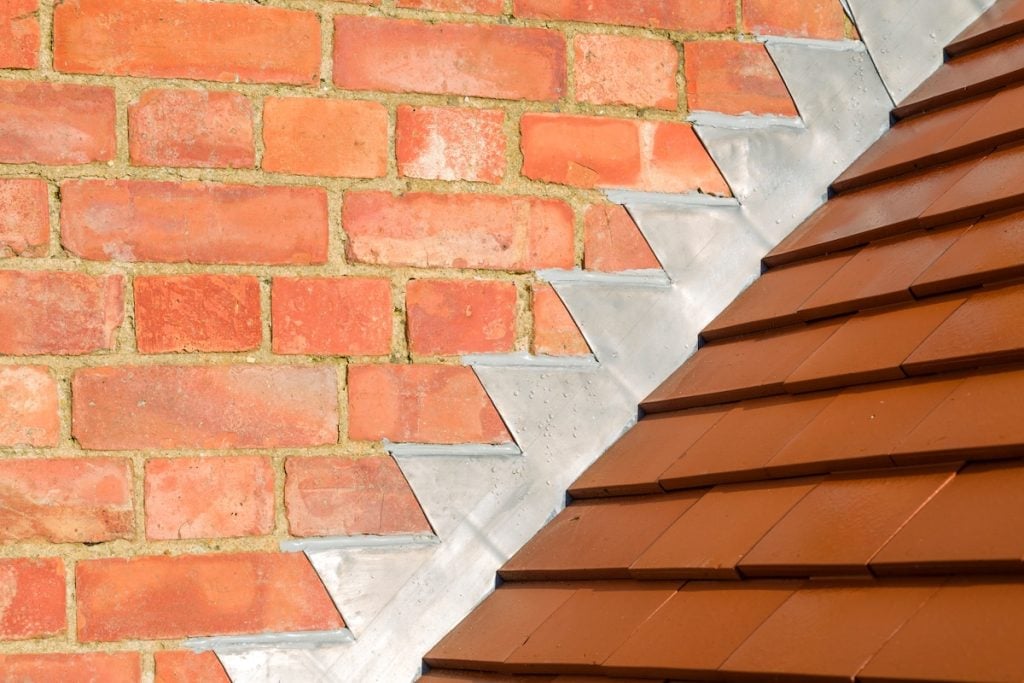
A Layered Waterproof Barrier
Step flashing is a type of metal flashing installed in a “stepped” pattern along the joints where a sloped roof intersects with a vertical wall. Each flashing piece is bent at a 90-degree angle and layered under each course of shingles to redirect water away from vulnerable seams.
Where It’s Used
- Chimney bases
- Sidewalls of dormers
- Skylights and vents
- Any roof-to-wall junction
❗️ Why Step/Roof Flashing Matters
Essential for Water Diversion
Without proper step flashing, water can seep into the tiny gaps between your roof and vertical surfaces. This moisture buildup leads to rot, mold, interior ceiling damage, and even structural decay over time.
- Redirects rainwater: Guides water safely down the slope into the gutters
- Seals vertical joints: Prevents water from penetrating behind siding or brickwork
- Pairs with shingles: Works in tandem with roofing shingles to create a layered, waterproof defense
Prevents Long-Term Damage
- Protects sheathing and framing: Reduces moisture exposure that could weaken structural components
- Reduces insurance claims: Preventing leaks means fewer costly water damage repairs
- Adds lifespan to roofing materials: Keeps your architectural shingle or asphalt roof system functioning properly
📋 How Step Flashing Works
Installed With Each Shingle Course
Step flashing is not one continuous piece—it’s installed piece-by-piece with each row of shingles. This step pattern ensures water can’t sneak behind the flashing or under the shingles, even during driving rain.
Combined With Underlayment and Sealant
- Underlayment support: Works with roof underlayment to provide extra moisture resistance
- Caulking and sealants: Used only sparingly to supplement—not replace—the mechanical water redirection step flashing provides
💧 5 Key Reasons Step Flashing Roofing Should Never Be Overlooked

- Prevents Wall Rot and Interior Leaks
- Why it matters: Without flashing, water runs behind siding or brick and causes damage inside your walls
- Long-term risk: Hidden leaks may go unnoticed until they’ve caused extensive mold or drywall damage
- Complies With Building Codes
- Why it matters: Most modern codes require step flashing in roof-to-wall intersections
- Non-compliance issue: If improperly flashed, a new roof may fail inspection or void your warranty
- Protects Roof-to-Wall Transitions
- Why it matters: These are some of the most leak-prone areas on any roof
- Flash + shingle system: Prevents wind-driven rain from creeping under the roofing materials
- Outperforms Alternatives
- Why it matters: Some roofers use continuous or L-flashing as a shortcut
- Step flashing advantage: Its layered design allows for movement, expansion, and full water redirection
- Extends Roof Life
- Why it matters: A fully protected roof system is a long-lasting one
- Total system durability: From the starter strip to the ridge cap, step flashing supports the full roofing shingles assembly
❌ Common Step Flashing Problems
Improper Installation
- Misaligned flashing: Failing to match each shingle row results in water pooling or infiltration
- Overuse of sealant: Caulk alone cannot compensate for poor placement
- Skipping flashing altogether: Some shortcuts eliminate flashing in favor of cheaper alternatives, risking major damage
Aging or Corrosion
- Rust or decay: Older galvanized flashing can deteriorate and allow water in
- Dislodged pieces: High winds or foot traffic can shift flashing out of place
Mixing Flashing Materials
- Galvanic reaction: Using incompatible metals like aluminum and copper can lead to corrosion
- Solution: Always use flashing materials compatible with your shingle type and other roof components
✅ Best Practices for Step Flashing Roofing
Use Quality Materials
- Galvanized or aluminum flashing: Resists rust and provides long-term performance
- Proper gauge: Choose flashing thick enough to hold shape but flexible enough to install easily
Follow Manufacturer Guidelines
- Shingle layering: Each piece of step flashing must align with the shingle course
- Flashing size: Standard pieces are typically 10″ long x 2″ x 7″, bent to fit the slope and wall
Ensure a Quality Installation
A quality installation ensures your step flashing roofing is effective, secure, and built to last. This means:
- No skipped pieces
- Consistent overlap with shingles
- Proper fastening without overdriving nails or piercing the wall surface
❓ FAQs About Step Flashing in Roofing
Is step flashing always required to prevent roof leaks?
- Yes, in most modern roofing codes: It’s especially critical at vertical wall intersections and dormers.
Can I reuse old flashing when reroofing?
- Not recommended: Old flashing is often bent, rusted, or improperly sized for newer roofing shingles.
How long does step flashing last?
- 20–30 years or more: If installed correctly using quality materials, it can last the life of your roof.
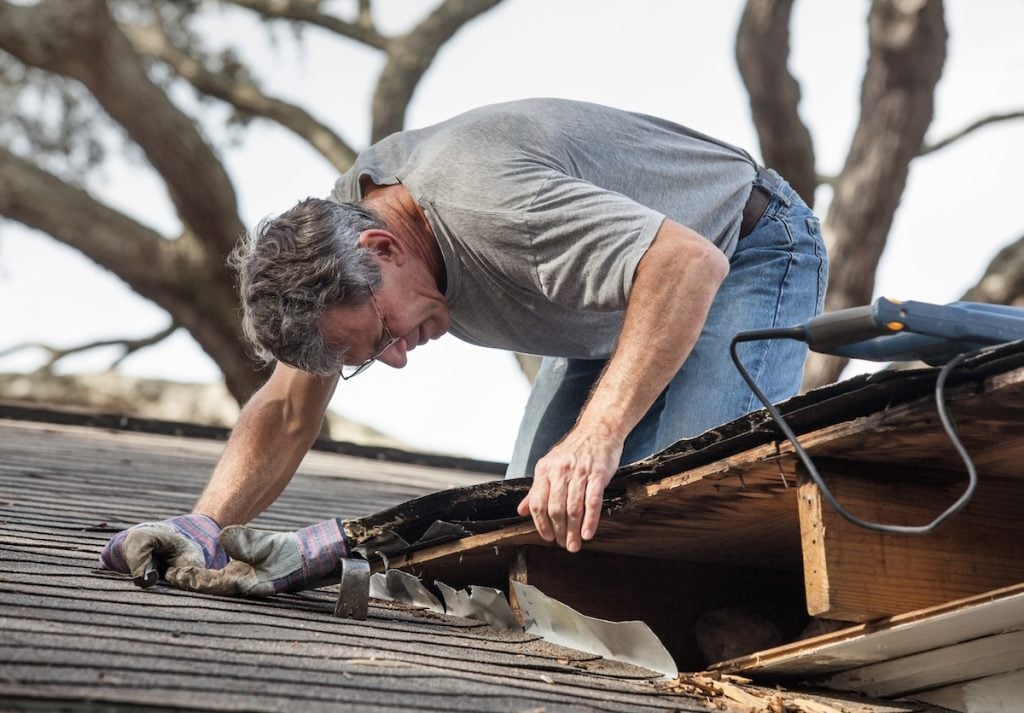
⭐️ Don’t Overlook Step Flashing in Your Roofing Project
When planning a roof replacement or new installation, step flashing roofing might not be the first thing on your checklist—but it should never be skipped. This small detail plays a big role in defending your home from costly water damage, especially around critical transition points.
Combined with the right roofing materials, including durable architectural shingles and proper underlayment, step flashing ensures that your entire system is sealed and supported for long-term performance. A quality installation with attention to flashing details will keep your home dry, secure, and structurally sound.
Contact Roof Medic today to discuss your roofing project with a team that values precision and protection. We’re here to answer your questions and ensure every layer of your roof is built for lasting peace of mind.
